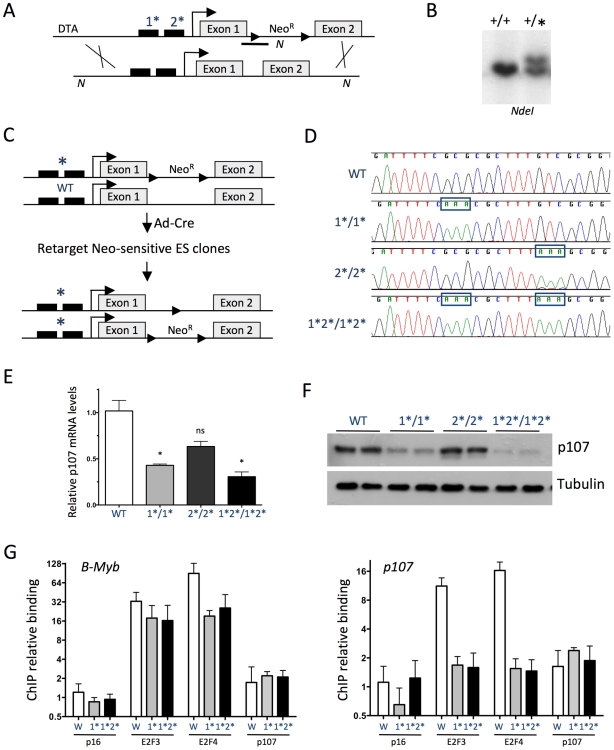Figure 2. The E2F consensus binding sites in the p107 promoter are bound by E2F family members and control p107 expression in mESCs.
(A) Schematic representation of the targeting construct (top) used to knock-in mutations into the E2F sites in the endogenous p107 allele (bottom). Mutations in the E2F sites are indicated by asterisks. NeoR, neomycin resistance cassette; DTA, diphtheria toxin A. The black boxes indicate E2F consensus sites, the grey boxes indicate p107 exons. (B) Representative Southern analysis for a wild-type mESC clone (+/+) and a correctly targeted allele (+/*). Genomic DNA was digested by NdeI (N in Figure 1A) and a 5′ internal probe spanning the junction between the p107 intron and the NeoR cassette was used (black line in Figure 1A). (C) Schematic representation of the strategy used to generate homozygous mutant mESCs. (D) Sequencing analysis of wild-type and homozygous mutant mESCs. The knock-in mutant sequences are marked by boxes. (E) RT-qPCR analysis of p107 expression in wild-type and homozygous mutant cycling mESCs. p107 mRNA levels were calculated relative to TATA-binding protein (TBP). (n = 4) (F) Immunoblot analysis of p107 expression in mESCs. Tubulin expression is shown as a loading control. (G) Quantitative chromatin immunoprecipitation (ChIP) analysis of E2F3 (n = 5), E2F4 (n = 5), and p107 (n = 2) on the p107 promoter in wild-type (W) and homozygous mutant cycling mESCs. p16 antibodies serve as a negative control (n = 5). Fold enrichment was calculated over an unrelated DNA sequence (actin). The B-Myb promoter is shown as a control. The y-axis is plotted on a log2 scale.

